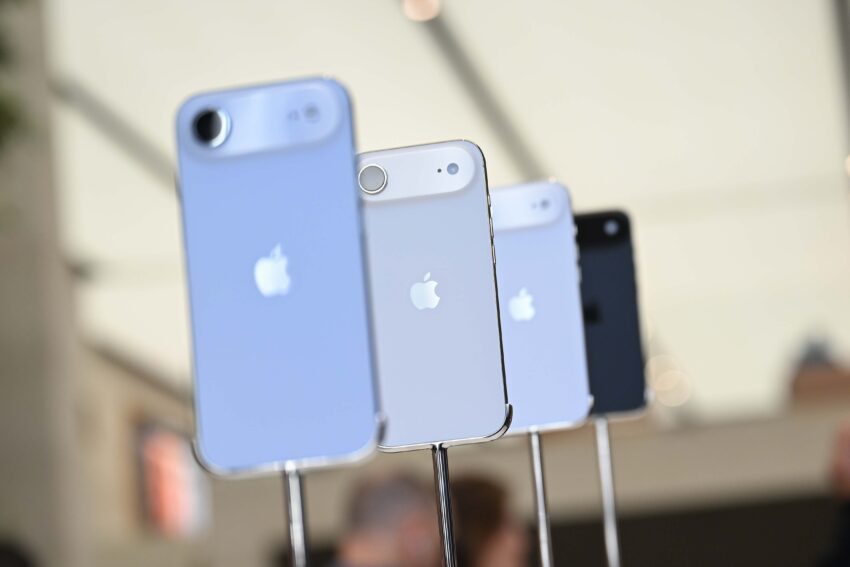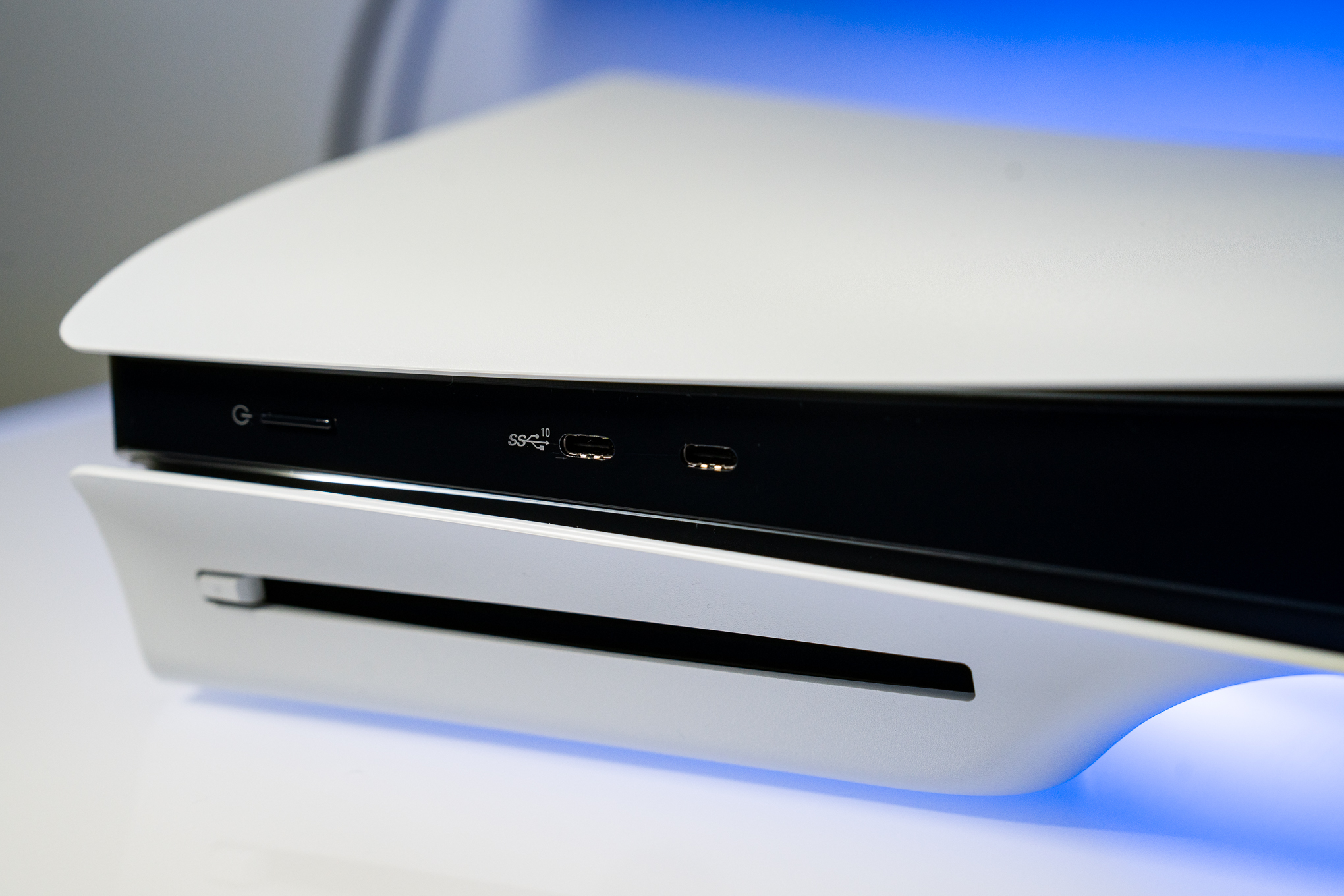
apple s reportedly pulling back on iphone Apple is reportedly scaling back production of its iPhone Air model, signaling a potential shift in its smartphone strategy amid varying market dynamics.
apple s reportedly pulling back on iphone
Production Adjustments Amid Market Trends
Just a week after rumors surfaced regarding Samsung’s decision to cancel the Galaxy S26 Edge due to disappointing sales of its ultra-slim S25 Edge, Apple is making headlines for its own production adjustments. According to sources familiar with the situation, Apple has informed its supply chain partners of plans to significantly reduce iPhone Air production. This decision comes despite the company maintaining its overall production estimate for the iPhone 17 lineup, which is projected to be around 85 to 90 million units in total, as reported by Nikkei Asia.
However, the iPhone Air’s production has been slashed to what insiders describe as borderline “end of production” levels. This raises questions about the future of the model and its place within Apple’s broader product strategy.
Understanding the iPhone Air’s Position
The iPhone Air represents Apple’s first foray into the ultra-thin smartphone market, a segment that has garnered attention for its sleek designs and lightweight profiles. While the Air has received praise for its fresh design, it has also faced criticism for certain drawbacks. For instance, its battery life and single-camera setup are seen as limitations compared to the more advanced iPhone 17 Pro models.
In a review by The Verge’s Allison Johnson, the iPhone Air was noted for its slim profile, which she described as the “headline attraction.” However, she emphasized that the lighter weight is the real benefit, making it a compelling option for users who prioritize portability. This unique positioning may also serve as a precursor to Apple’s rumored foldable iPhone, suggesting that the company is experimenting with new form factors.
Sales Performance and Market Reception
Despite the initial excitement surrounding the iPhone Air, its sales performance has not met expectations. Reports indicate that the Air accounted for approximately 10 to 15 percent of all production orders projected for the iPhone 17 lineup. However, supply chain managers have indicated that the actual volume of iPhone Air units produced will be significantly reduced starting in November.
In contrast, Apple has increased production for the base iPhone 17 model by 5 million units, along with a boost in production for the Pro models. This suggests that while the iPhone Air may be struggling, other models in the iPhone 17 lineup are performing well in the market.
Comparative Sales Data
On Monday, analysts at Counterpoint released data showing that the iPhone 17 series has outsold the iPhone 16 series by 14 percent during the first 10 days of availability in the United States and China. This positive trend is particularly noteworthy given the competitive landscape of the smartphone market, where consumer preferences can shift rapidly.
The base iPhone 17 model saw a sharp 31 percent increase in sales, which can be attributed to several factors. One standout feature is the addition of an always-on, high-refresh-rate display, which has been well-received by consumers. Additionally, the iPhone 17 Pro and Pro Max models experienced a 12 percent bump in sales, likely driven by aggressive carrier deals and upgrade discounts.
In contrast, the iPhone Air is reportedly selling at levels similar to those of the iPhone 16 Plus, which it replaced in the lineup. Both models have made up the smallest portion of sales for their respective generations, raising concerns about the viability of the Air as a long-term product.
Market Implications and Future Considerations
The decision to cut back on iPhone Air production could have several implications for Apple and its stakeholders. For one, it may indicate a strategic pivot towards models that are performing better in the market. As consumer preferences evolve, Apple may need to reassess its product offerings to ensure they align with market demand.
Additionally, the reduced production of the iPhone Air may impact Apple’s supply chain partners, who rely on consistent orders for their operations. A significant decrease in production could lead to financial repercussions for these partners, particularly if they have invested heavily in resources to support the Air’s production.
Stakeholder Reactions
Reactions from industry analysts and stakeholders have been mixed. Some view the reduction in iPhone Air production as a prudent move, allowing Apple to focus on models that are more likely to drive revenue and market share. Others express concern that the decision could signal a lack of confidence in Apple’s ability to innovate in the ultra-thin smartphone segment.
Moreover, the competitive landscape is becoming increasingly crowded, with various manufacturers vying for consumer attention. As companies like Samsung and Google continue to innovate, Apple must remain vigilant in its efforts to differentiate its products and maintain its market position.
Looking Ahead: The Future of the iPhone Air
The future of the iPhone Air remains uncertain. While it has garnered attention for its design and lightweight profile, its sales performance suggests that it may not resonate with consumers as strongly as Apple had hoped. The decision to scale back production could be a temporary measure, or it may indicate a more permanent shift in Apple’s strategy regarding ultra-thin smartphones.
As Apple continues to explore new technologies, including the rumored foldable iPhone, the company may prioritize models that align more closely with consumer preferences and market trends. The iPhone Air could serve as a learning experience for Apple, providing valuable insights into what consumers are looking for in a smartphone.
Conclusion
In summary, Apple’s reported decision to reduce iPhone Air production highlights the complexities of the smartphone market and the challenges that even established companies face when introducing new products. While the iPhone 17 lineup appears to be performing well, the future of the iPhone Air remains in question. As Apple navigates these challenges, it will be crucial for the company to adapt its strategies to meet evolving consumer demands and maintain its competitive edge in the industry.
Source: Original report
Was this helpful?
Last Modified: October 23, 2025 at 1:39 am
3 views















